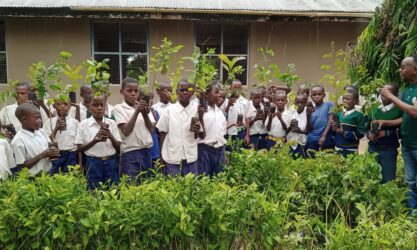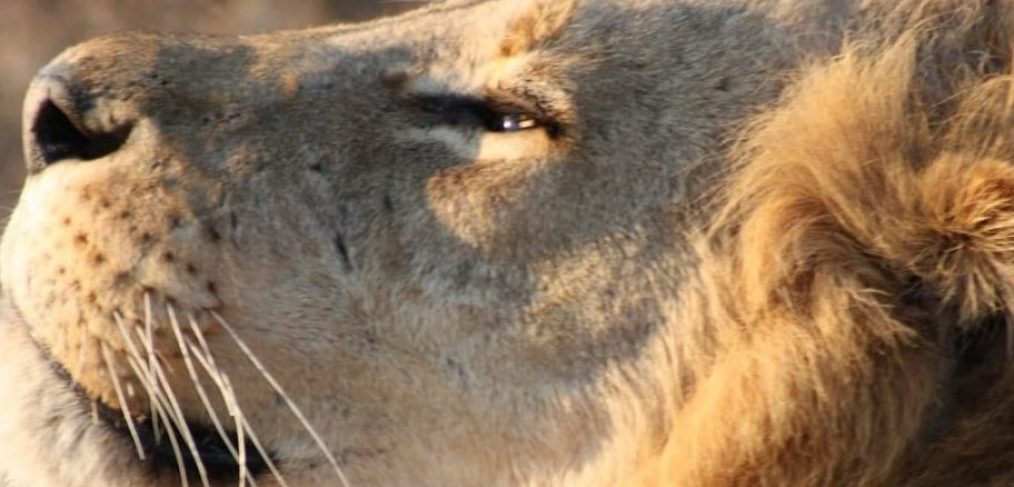
Bold leadership required for conservation in Southern Africa
by Steve Johnson
How long must this go on! Those involved in community-based natural resources management or CBNRM, have continued their mantra of the need for devolution of rights over land and natural resources for more than 30 years, with no change! It seems like we are going nowhere despite all our efforts in this direction.
Way back in the 1990s, our eminent CBNRM thought-leader at that time, Prof Marshall Murphree, developed his set of principles that still guide our CBNRM practices today. Central to these principles was the requirement for governments to devolve significant rights over land and resource tenure to communities that live within and among wildlife populations. He rightly argued that only when such devolution is given will the associated communities become the true custodians and stewards of the wildlife on their land.
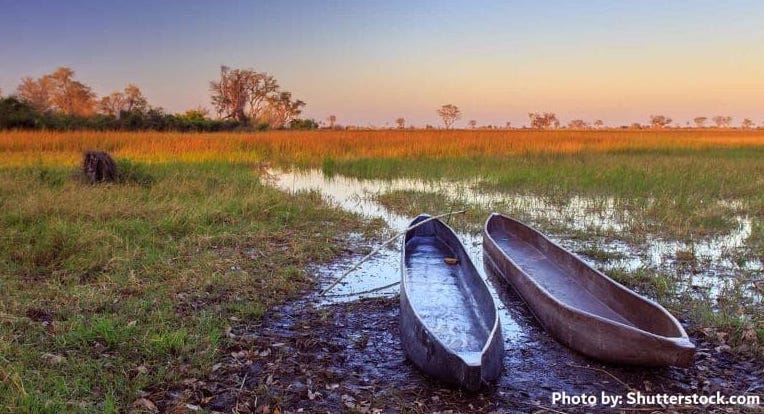
The truth of this is being borne out in Namibia with its very successful community conservancy program, leading to the formation of more than 86 communal conservancies covering 166,000 square kilometres of land, with the country’s rhino and elephant populations growing, and where Namibia today has lions on communal lands, when in 1995 there were none.
In July 2019, five heads of state gathered at the UNEP ‘Africa Wildlife Economy Summit’ in Victoria Falls and engaged with a large contingent of representatives from communities that live with, and among, wildlife in Southern Africa. The communities presented them with a Declaration titled ‘Voices of the Communities: New Deal for rural communities and wildlife and natural resources’ urging African governments to “recognise community rights over the ownership, management and use of resources.”
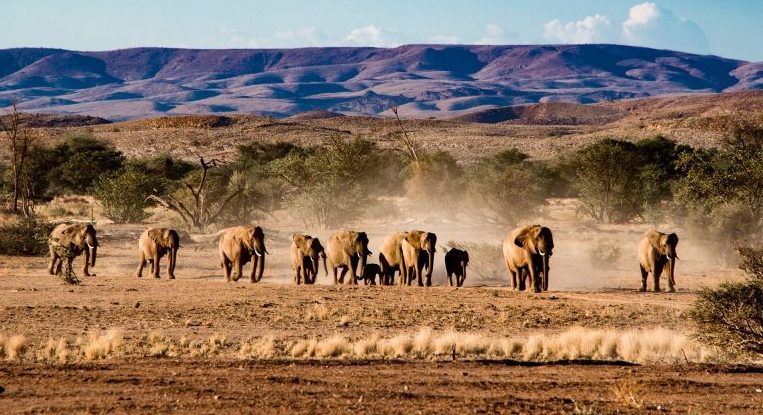
Many key wildlife populations in the region, such as elephant, lion and pangolin, are under threat of severe depletion in the coming decades due to poaching and illegal wildlife trade, driven by international organised criminal syndicates, who coerce impoverished local community members to become involved in their illegal activities. They invariably do this because they do not own or have rights over those wildlife resources and therefore, they have nothing to lose and everything to gain!
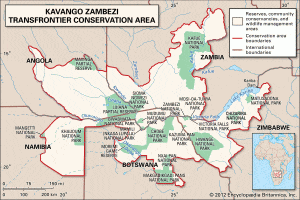
Is it not time now for the same heads of state to revisit their CBNRM policies, in line with the successful model of Namibia’s conservancies, and through the KAZA TFCA initiative, create a common policy on CBNRM that significantly devolves rights over wildlife and natural resources to local communities. Such a concerted effort will send a strong message to the international conservation community, that we in Southern Africa are serious about managing our own conservation affairs maturely, responsibly and accountably!
Such a KAZA based CBNRM Policy will serve as a model to be replicated across Africa. But, do our governments have the political will to take this bold step, and trust our communities to prove they are capable of being the custodians and stewards that Namibia has proved they can be! Without such boldness and foresight, our region’s wildlife populations will continue to remain under the threat of depletion as has been experienced elsewhere on our continent.
Bold leadership is required! Are we up to it? Our grandchildren will be the judges of our current commitment and foresight! Let them not find us wanting!

About the author
Career conservationist of over 45 years Steve Johnson works to enhance leadership for conservation and sustainable development across all sectors of society, globally. A keen focus of his lies in the realms of creating balance in structure and form, attempting to bring all peripheral, radical perspectives to a more rational common vision. He works through his organisation, GrowthLeaders as an executive coach, professional public speaker and trainer. www.growthleaders.co.za.
Follow Steve on Twitter: @stevovoj03

